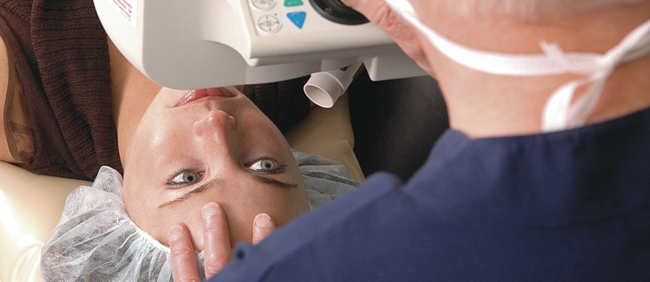How Does Laser Surgery Correct Vision?

Many may have been told they have a refractive problem by their eye care professional and not understood clearly what was meant by this. The word refraction is used to describe the way light is focused by your eye. It depends on three elements: the curvature of the cornea, the power of the lens, and the length of the eye. If these elements are structured correctly then light will focus on the retina, at the back of the eye, providing clear vision.
However it is not unusual for one or a combination of these to be structured imperfectly. This irregularity results in a refractive problem. There are 3 main refractive conditions: myopia (nearsightedness); hyperopia (farsightedness); and astigmatism (a cornea with a unique curve).
How does laser surgery correct these conditions?
While the technology used in laser vision corrector is very complex, the idea behind it is very simple - adjust the shape of the cornea so the light rays focus exactly on the retina. At present, patients with virtually any degree of myopia, hyperopia (up to +6), or astigmatism can be treated. Modifying the curvature or shape of the cornea is accomplished by vapourizing a small amount of tissue using the Excimer laser. The laser allows molecular quantities of corneal tissue to be removed with extreme precision , where the amount removed is less than half the thickness of a human hair.
For the myopic patient, the laser vapourizes tissue in the centre of the cornea in order to flatten it slightly. This effectively widens the light band entering the eye so it converges exactly on the retina.
For the hyperopic patient, the laser vapourizes tissue around the periphery of the cornea, creating a steeper surface. This forces the light to converge and focus on the retina.
For astigmatic patients, the laser vapourizes all the necessary areas to round out the abnormal curvatures.
What amazes patients is how quick and painless the procedure is. Depending on which procedure one has, the time spent under the laser is between 3 - 6 minutes.
While this all sounds like we’re living in the world of Star Trek, this laser is far from fiction.